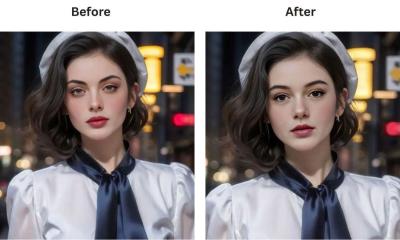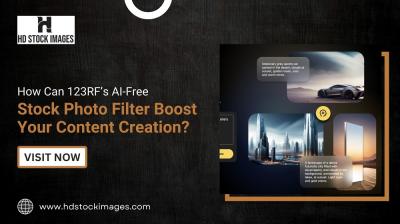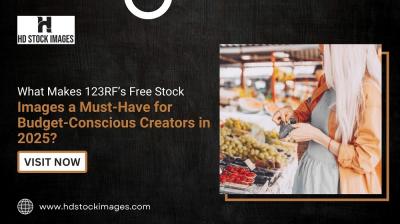When diving into the world of YouTube Shorts, many creators find themselves asking an essential question: Can I use copyrighted music in my videos? Copyright law can be a daunting topic, especially in the fast-paced environment of social media. Understanding what’s allowed and what’s not is crucial for anyone looking to engage their audience without running into legal trouble. In this post, we’ll unravel the complexities of copyright as it pertains to YouTube Shorts, ensuring you can create freely while respecting the rights of artists.
Understanding Copyright Laws
Copyright laws are designed to protect the original works of creators, allowing them to control how their music is used. Here’s a quick breakdown of the key elements:
- Original Works: Copyright applies to any original creation, including songs, compositions, and recordings.
- Duration: Generally, copyright lasts for the life of the creator plus 70 years, but it can vary depending on the jurisdiction.
- Exclusive Rights: Copyright holders have exclusive rights to reproduce, distribute, and perform their works.
For YouTube Shorts, it’s essential to understand that using copyrighted music without permission can lead to your content being muted, removed, or even your account being penalized. Here’s what you can consider to stay on the safe side:
| Option | Description |
|---|---|
| Original Music | Using your own compositions ensures you have full control and no copyright issues. |
| Royalty-Free Music | Look for music that is labeled as royalty-free, which can often be used without restrictions. |
| Licensing Music | Obtain a license from the copyright holder if you want to use a specific song. |
In summary, navigating copyright laws is essential for YouTube Shorts creators. By understanding these regulations, you can avoid pitfalls and create engaging content without the fear of copyright infringement.
Types of Music You Can Use
When it comes to using music on YouTube Shorts, understanding what types of music are allowed is crucial. Here’s a breakdown of the categories:
- Royalty-Free Music: This is your safest bet. Royalty-free music can be used without needing to pay royalties after the initial purchase or licensing fee. Websites like Bensound and PremiumBeat offer a variety of options.
- Creative Commons Music: Some artists share their work under Creative Commons licenses. This means you can use their music for free, but be sure to check the specific terms. For example, music under the Attribution license requires you to credit the artist.
- Original Music: If you or someone you know composes original tracks, this is a great route. You have full control, and there’s no risk of copyright issues.
- Public Domain Music: Music that is in the public domain can be used freely. These are usually older works, like classical music. Websites like Musopen can help you find public domain tracks.
Just remember, while using popular songs might seem tempting, it often leads to copyright strikes. Always double-check the licensing terms before hitting that upload button!
How to Avoid Copyright Strikes
Avoiding copyright strikes on your YouTube Shorts is vital to keeping your channel safe and thriving. Here are some practical tips:
- Use YouTube’s Audio Library: This library is packed with free music and sound effects that you can use without worrying about copyright. It’s a goldmine for creators!
- Check Licensing Agreements: Before using any track, ensure you read its licensing agreement. Different tracks have different rules—some might allow personal use only, while others might be suitable for monetization.
- Seek Permissions: If you really want to use a specific song, consider reaching out to the artist or copyright holder for permission. Many artists are open to collaboration!
- Monitor Your Uploads: Keep an eye on your videos after posting. YouTube has tools to notify you if there’s a copyright claim, so act fast if you receive one!
- Use Dispute Channels Wisely: If you believe your use of a song is fair use, you can dispute a copyright claim. However, be cautious with this approach, as it can escalate if not handled properly.
By following these tips, you can enjoy creating content without the cloud of copyright strikes hanging over your head!
5. Alternatives to Copyrighted Music
If you're looking to add some flair to your YouTube Shorts without running into copyright issues, there are plenty of alternatives to copyrighted music. Here are some great options:
- Royalty-Free Music Libraries: Websites like Bensound and PremiumBeat offer a broad selection of music tracks that you can use without worrying about copyright. Just make sure to check the licensing agreements to see if attribution is required.
- Creative Commons Music: Platforms like Free Music Archive provide music under Creative Commons licenses. You can find a variety of genres, but always read the license details to ensure you comply.
- YouTube Audio Library: This is a fantastic resource within YouTube itself. It offers a vast array of music and sound effects that are free to use in your videos, even for monetization. Just head over to the YouTube Studio and explore!
- Original Compositions: If you're feeling creative, why not compose your own music? There are various apps like GarageBand that make it easy to create and edit your own tracks.
- Collaborate with Local Musicians: If you know any local artists, consider teaming up! You can showcase their music in exchange for promotion, creating a win-win situation.
Choosing these alternatives not only protects you legally but also supports independent artists and creators!
6. Conclusion and Best Practices
Navigating the world of copyrighted music on YouTube Shorts can be tricky, but with the right knowledge, you can create engaging content without the fear of copyright strikes. Here are some best practices to keep in mind:
- Always Check Licenses: Before using any track, make sure you understand the licensing terms. Some may require attribution or have specific usage restrictions.
- Use YouTube's Resources: Take full advantage of the YouTube Audio Library and other resources provided by the platform. They’re designed to help creators like you!
- Keep Records: If you decide to use music from independent artists, keep a record of permissions or agreements. This can save you headaches down the line.
- Stay Updated: Copyright laws and platforms' policies can change. Regularly check for updates to avoid any unexpected issues.
- Be Creative: Think outside the box! Original content often resonates more with your audience and sets you apart from the competition.
By following these guidelines, you can enjoy the creative process while protecting yourself and your channel. Happy creating!
 admin
admin








